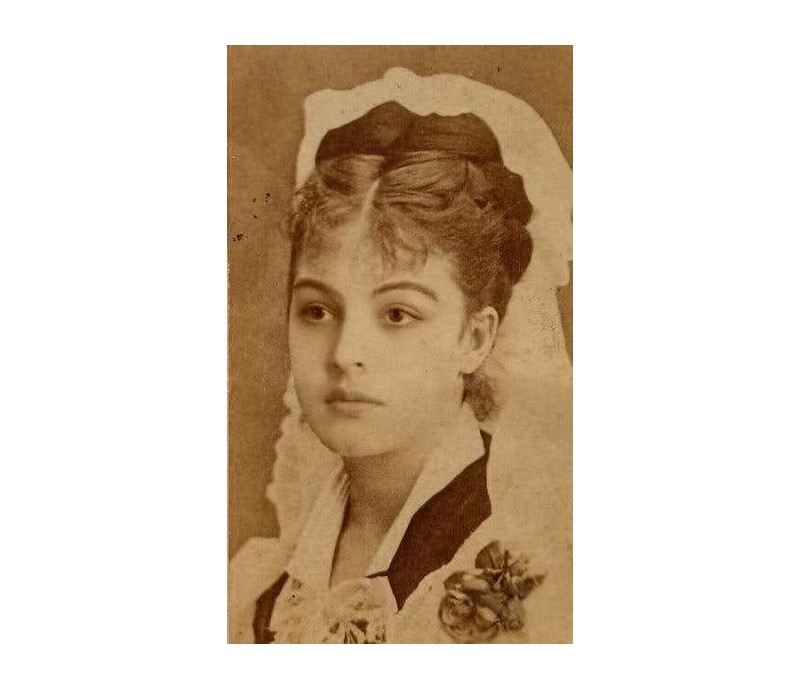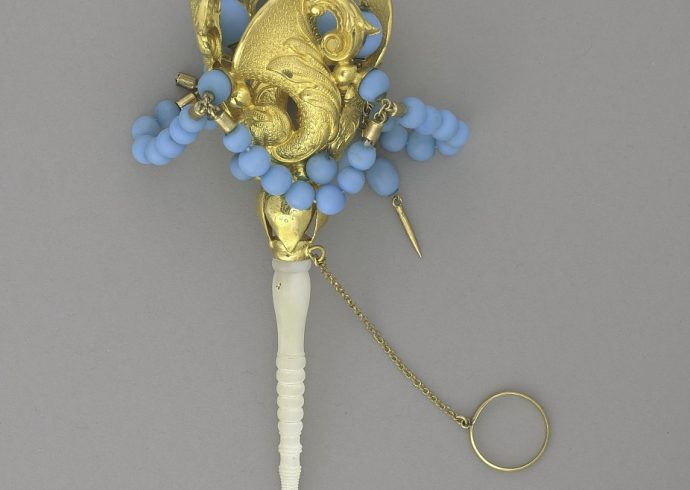
Caring for and Preserving Your Photographs
Everyone has photographs of family and friends that they are willing to preserve but many ask what is the best way to preserve their photographs. By taking proper care of photographs, future family generations can appreciate photographs that are decades old. Also, older photographs that are preserved now will last longer provided they are stored properly.
Like any other collectible items, photos should be stored in acid free holders and containers. Archival companies sell polypropylene holders in a variety for sizes for both photos and negatives. These holders will prevent mildew, mold, and insects that can damage the surface of the photographs, like silverfish.
When first preparing to preserve your photographs, remove objects like paper clips, rubber bands, and anything else holding them together. These objects can cause damage to photographs, leaving stains and sometimes tears in the paper. Arrange the photographs by size so you can later determine what size propylene holders to slip them into. If you must mark your photos in any ways, use a pencil on the back, not ink, which can stain through to the face of the photo. Avoid removing any ink marks with an eraser as this can spread the ink across a photograph. Color dyes used in older photographs can lose their real color over time. Photographs to be preserved can be placed in an acid free photograph album if desired but if they are, avoid using rubber cement on the backs of the photos as this will cause discoloration in the photo itself. Avoid using pressure sensitive tapes as these can also leave an acidic layer on the photograph, causing discoloration.
Any dust or dirt imbedded in older photographs can be gently brushed away with a special soft brush used for archival work. If an archival brush is not immediately available, try a painting brush with soft bristles to remove dirt from the older photos.
Photos should never be stored in glassine envelopes or cellulose acetate sleeves as these can also discolor the photographs over time.
Special types of photographs like daguerrotypes, ambrotypes, and ambrotypes can be stored in an acid free cardboard archival box. Albumen prints, which have a paper backing, can also be stored inside of polypropylene holders.
Image Credit: Bela Aslanukova, CC BY-SA 4.0, via Wikimedia Commons.


